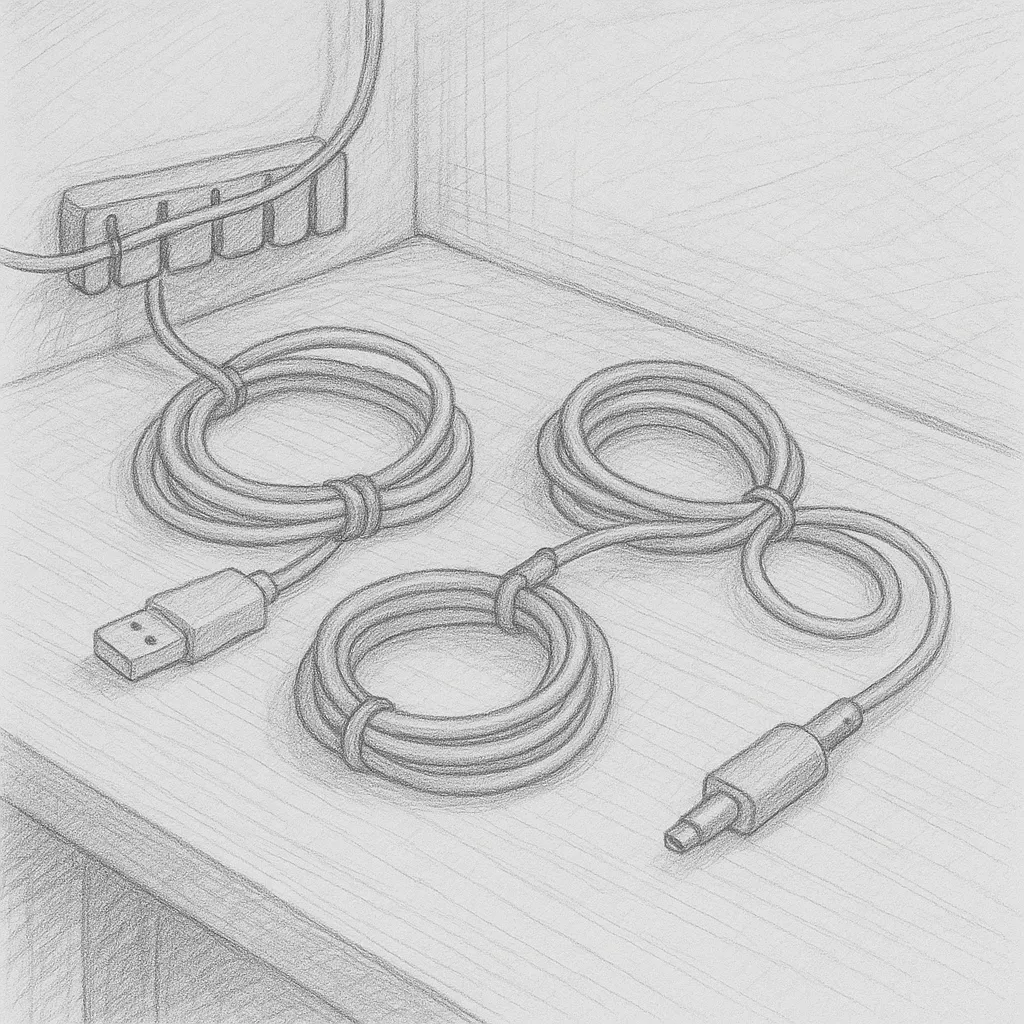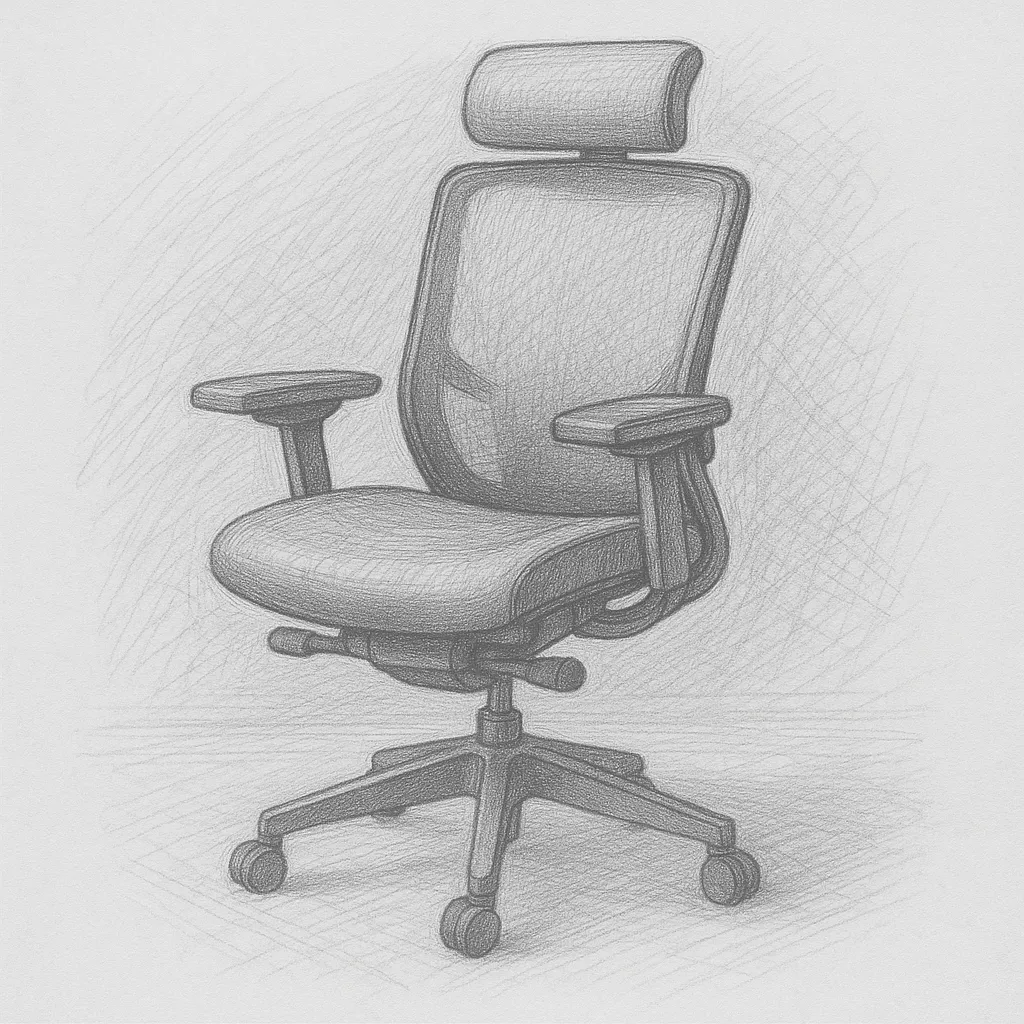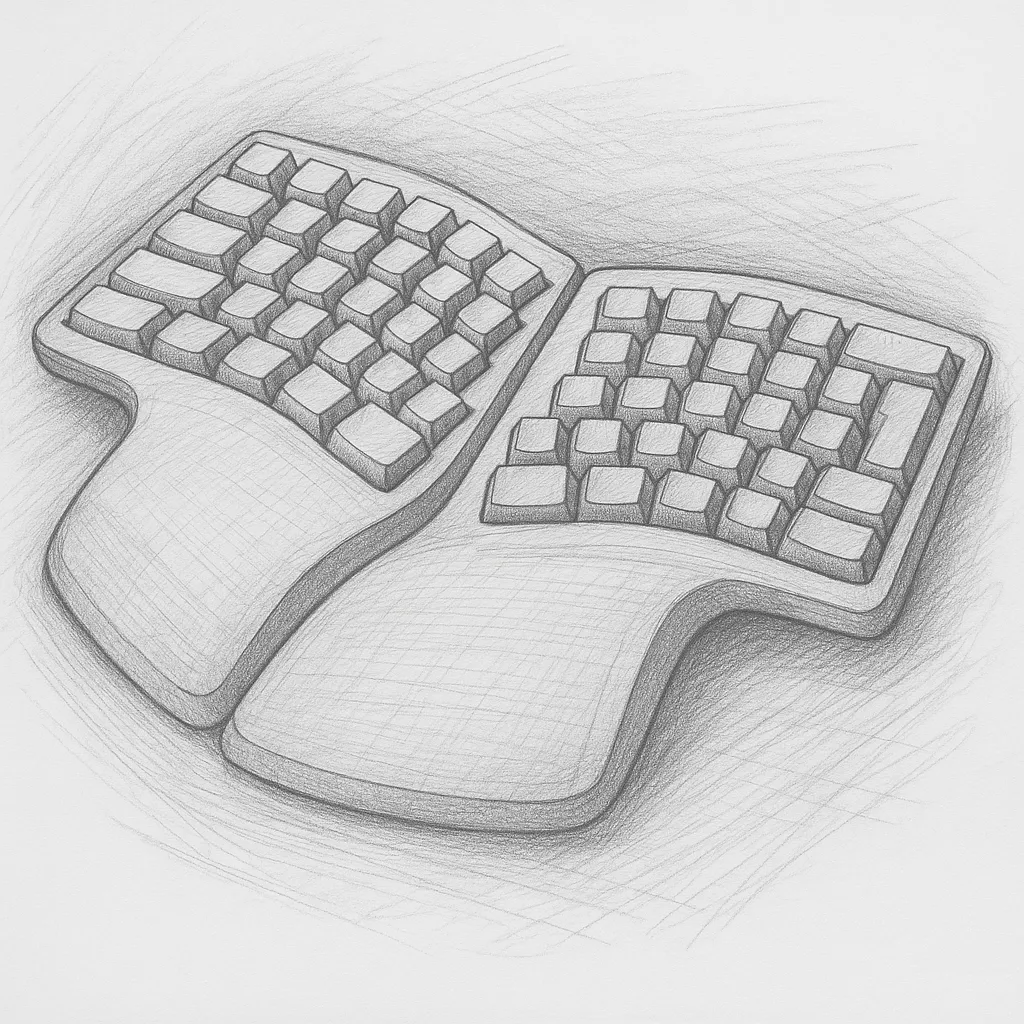In the era of remote work, creating a functional and aesthetically pleasing home office is more important than ever. One of the unsung heroes in crafting a productive workspace is effective cable management. Who could’ve guessed that the jumble of cords behind your desk could impact your workflow? Let’s dive into the importance of cable management and explore practical solutions to create a tidy, efficient home office.

Why Cable Management Matters
Before we get into the solutions, let’s discuss why cable management should be a priority:
1. Safety First
Loose cables can be tripping hazards. Especially in a space where you move around frequently, managing your cords helps prevent accidents that could lead to injuries or damage to your tech.
2. Improved Aesthetics
Nothing disrupts a well-designed office like a chaotic tangle of wires. A clean, organized workspace not only enhances productivity but also makes your office visually appealing during video calls.
3. Easier Cleaning
Dust and dirt tend to accumulate on and around loose cables, making it difficult to keep your workspace clean. Proper management simplifies your cleaning routine.
4. Equipment Longevity
Tangling cables can be a form of damage, exposing them to wear and tear. Managing your cables appropriately helps ensure the longevity of your devices.
Essential Cable Management Solutions
1. Cable Clips and Holders
Cable clips are simple yet effective tools for keeping cables in place. These small attachments can be used to secure cords along desk edges, preventing them from dangling or becoming tangled.
Tip: Choose clips that match your desk or wall color for a seamless look.
2. Cable Sleeves
Cable sleeves are a fantastic way to group multiple cables together. These flexible tubes can conceal your wires, transforming a chaotic cluster into a streamlined appearance.
Tip: Look for sleeves with adjustable lengths for the best fit depending on your setup.
3. Cable Trays
If you have a large number of cables, a cable tray may be your best option. These trays are mounted under the desk to keep cables off the floor while still being easily accessible.
Tip: Make sure to choose a tray with a weight limit that accommodates your hardware.
4. Cable Ties
Velcro or plastic cable ties are simple tools for bundling cords together. By organizing cords into manageable bundles, you can significantly reduce visual clutter.
Tip: Avoid wrapping ties too tightly, which can damage delicate cables.
5. Desk Grommets
For a cleaner look, consider installing desk grommets. These small fixtures allow you to pass cables from your desk into your cabinets or cable trays discreetly.
Tip: Ensure you select grommets that fit the diameter of your existing cables.
6. Power Strips with USB Ports
Power strips not only provide multiple outlets but some also come equipped with USB ports. This solution reduces the number of cords as you can charge multiple devices without additional power adapters.
Tip: Look for surge protection features for added safety.
7. Cable Boxes
A cable box is an attractive option to hide power strips and excess cables. These boxes can serve as decorative elements while maintaining a clutter-free environment.
Tip: Choose a box that complements your office decor to maximize its aesthetic appeal.
8. Wall-Mounted Solutions
Consider using wall-mounted racks or hooks to keep power cords and cables off the floor entirely. This method helps free up valuable desk space and keeps everything at hand.
Tip: Use these solutions strategically to avoid crowding your wall space.
9. Labeling
Labeling isn’t just useful for office organization in general; it can be extremely helpful for identifying what each cable connects to, especially if you have multiple devices.
Tip: Use color-coded labels or a label maker for a professional finish.
How to Implement Your Cable Management Plan
Step 1: Assess Your Needs
Take stock of all the cables and devices in your workspace. Determine what is essential and identify which cables are causing the most clutter.
Step 2: Choose Your Solutions
Based on your assessment, select the cable management solutions that work best for your needs. You may not require every solution, so customize your approach.
Step 3: Organize Your Space
Begin organizing your cables using the solutions you’ve picked. Work section by section to avoid feeling overwhelmed and create a systematic approach.
Step 4: Maintain the Order
Maintaining an organized workspace is an ongoing process. Regularly check your setups, and don’t hesitate to tweak if things start to get messy again.
Conclusion
Effective cable management is a vital component of any successful work-from-home setup. By investing time and resources into organizing your cables, you can enhance your productivity, ensure safety, and create a workspace that is both functional and visually pleasing. Remember, a tidy office can lead to a tidy mind—so take the steps necessary to declutter your cables for a more organized work life.
Join the Conversation
Have you tried any cable management solutions that work wonders in your home office? Share your tips and experiences in the comments below! Happy organizing!


